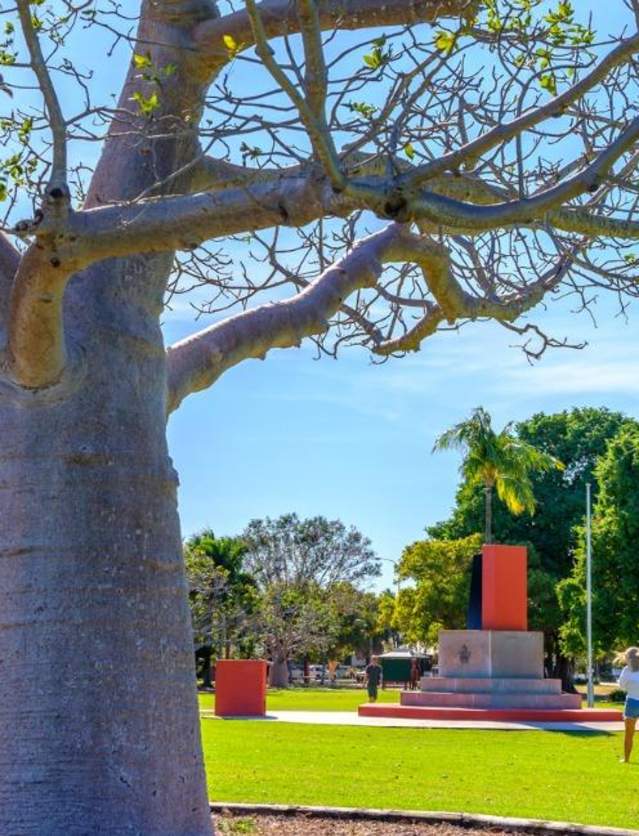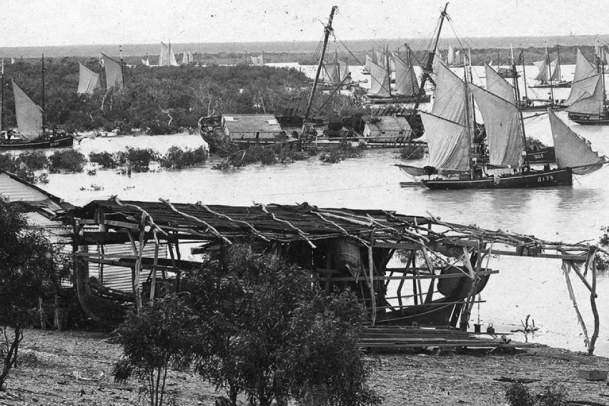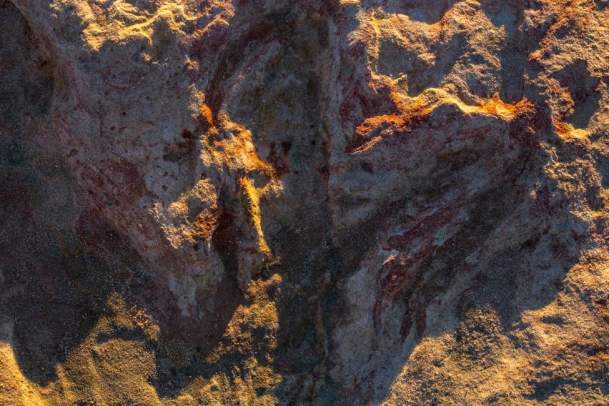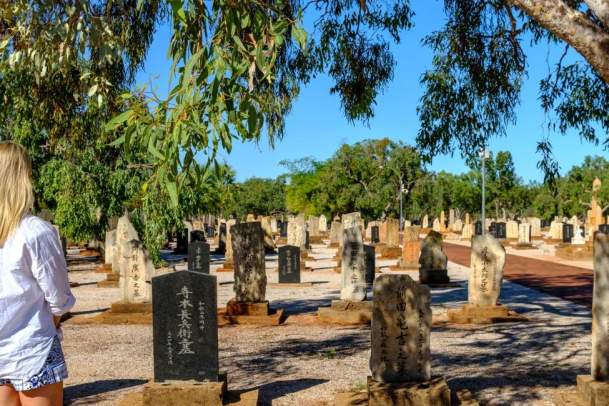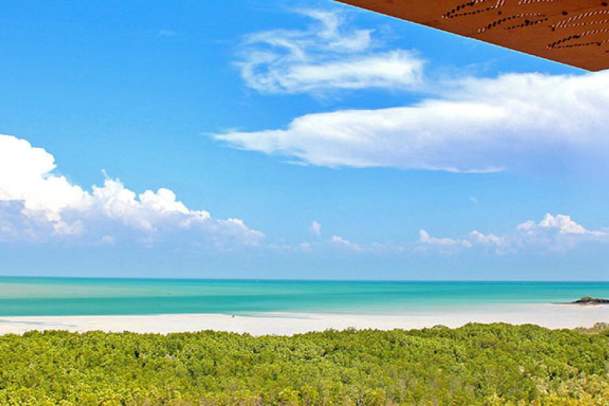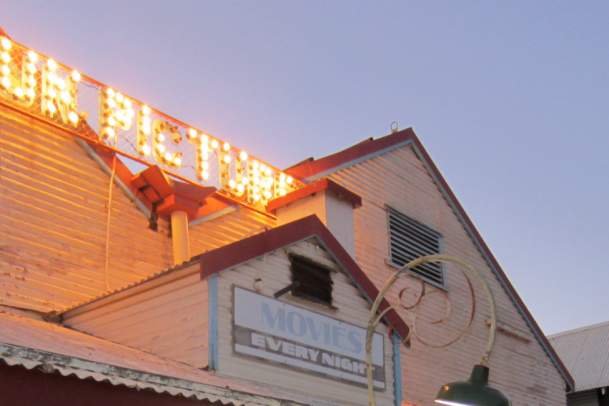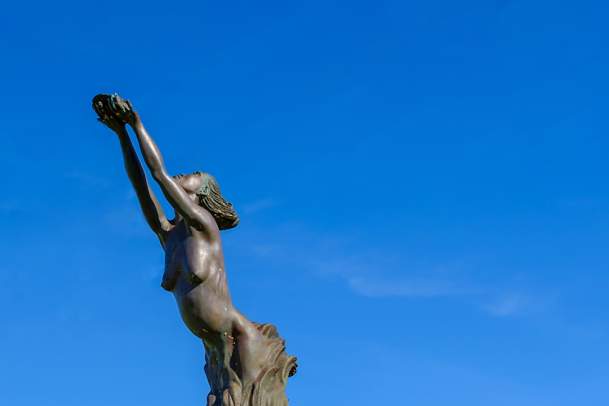Broome's WWII Heritage
World War II in the North West
When travelling through the Kimberley and Pilbara, one surprising story reveals itself in towns, communities and far-flung remote locations – the story of World War II in the North West.
2017 marked the 75th anniversary of a number of air raids carried out across the North of Australia during World War II. The North West saw eleven air raids in 1942 and 1943, and Broome experienced the second worst air-raid on Australian soil on 3rd March 1942.
Due to its proximity to Allied operations in the Pacific, the North West was of strategic importance during World War II. Ports and airfields served as vital refuelling, staging and communication posts and as part of the evacuation route for the Dutch East Indies after the fall of Java to the Japanese. This proximity also led to concerns about the potential for land invasion by enemy forces, and women and children from across the Kimberley and Pilbara were evacuated to safer areas.
Broome
While many residents had already been evacuated, Broome was still a busy transport hub in early 1942. Both the airfield and Roebuck Bay were transit and refuelling points for aircraft and the Catalina and Dornier flying boats transporting evacuees from Java, and in the last two weeks of February 1942 it is estimated that over 1,000 evacuees passed through the town before continuing their journey southwards. In addition, RAAF and American troops transited through the airfield, with a small RAAF base there.
In the morning of 3 March 1942, ten Japanese fighter planes were spotted overhead, and in a short attack the airfield and the flying boats moored in Roebuck Bay were strafed. There were as many as 100 fatalities during the raid, most of whom were Dutch evacuees, including women and children. An American Liberator bomber, carrying mostly injured military personnel was also shot down shortly after take-off with the loss of all but one person on board.
A plaque on Carnarvon Street in Broome commemorates the events of 3 March 1942, and the Broome Historical Society Museum at Town Beach has dedicated part of its exhibition space to the attack. The wreckage of the Catalina and Dornier flying boats still lie in Roebuck Bay and are exposed on certain low tides of 1.3m or lower. These wrecks may be viewed by walking out from Town Beach, or on a hovercraft tour.
The ABC have a podcast guide to the wrecks and a heritage trail guide. In 2012, the Netherlands Embassy in Canberra published a booklet commemorating the 70th anniversary of the Broome strafing.
At Cable Beach, the Beaufighter Memorial commemorates RAAF Flight Sergeants Ronald Smith and Ronald Kerrigan, whose aircraft crashed into the sea shortly after take-off in September 1944. Tidal movements hindered efforts to locate the wreckage and the bodies of the airmen, and it wasn't until 2012 that a local historian and helicopter pilot found the wreckage site. This memorial was unveiled in 2014.
Carnot Bay, Dampier Peninsula
As Broome was under attack on 3 March 1942, a Dakota DC-3 piloted by Captain Ivan Smirnoff was en route from Java carrying evacuees with 11 adults and 1 child on board. About 80km north of Broome the Japanese Zeros returning from the Broome raid spotted the Dutch plane and strafed it, injuring crew and passengers and leading to a forced landing on the beach at Carnot Bay.
Without water or food supplies, the group spent four days stranded before their rescue by a group from Beagle Bay Mission, 60km north of Carnot Bay. By this time the group had also been found by an RAAF plane who had dropped supplies and confirmation that rescue was on its way, however Maria van Tuyn and her 12 month old son Johannes, Dann Hendriksz and NJ Blaauw had already died from injury and sickness and were buried in the sandflats.
A monument on what is now known as Smirnoff Beach at Carnot Bay commemorates those who died in the attack as well as the survivors and their rescuers.
This flight became known as the ‘Diamond Dakota’ due to some valuable cargo carried onboard – diamonds said to be worth over $20m today. The diamonds were not recovered in the immediate aftermath of the crash, and a beachcomber named Jack Palmer later handed in a portion of the missing treasure. The mystery of the missing diamonds has never been resolved, and although Jack Palmer and two others were charged with their theft, they were acquitted by the High Court in Perth.
Broome Museum
A quirky and fascinating museum showcasing Broome's enthralling local history. Learn…
Dinosaur Footprints
130 million years ago dinosaurs roamed the Kimberley coast, today all that remains are amazing…
Japanese And Chinese Cemeteries
Broome's Japanese cemetery stands testament to close ties between this region and Japan, as well…
Jetty To Jetty Trail
Take a walk along Yawuru's self-guided Jetty to Jetty trail from Streeter's Jetty in…
Roebuck Bay Lookout
The recently completed Roebuck Bay Lookout at the intersection of Dampier Terrace and Frederick…
Sun Pictures
Sun Pictures is a major tourist attraction and continues to screen films to this very day. This open…
Women Of Pearling Monument
Overlooking the waters of Roebuck Bay at Bedford Park stands a 3m statue depicting an Aboriginal…


